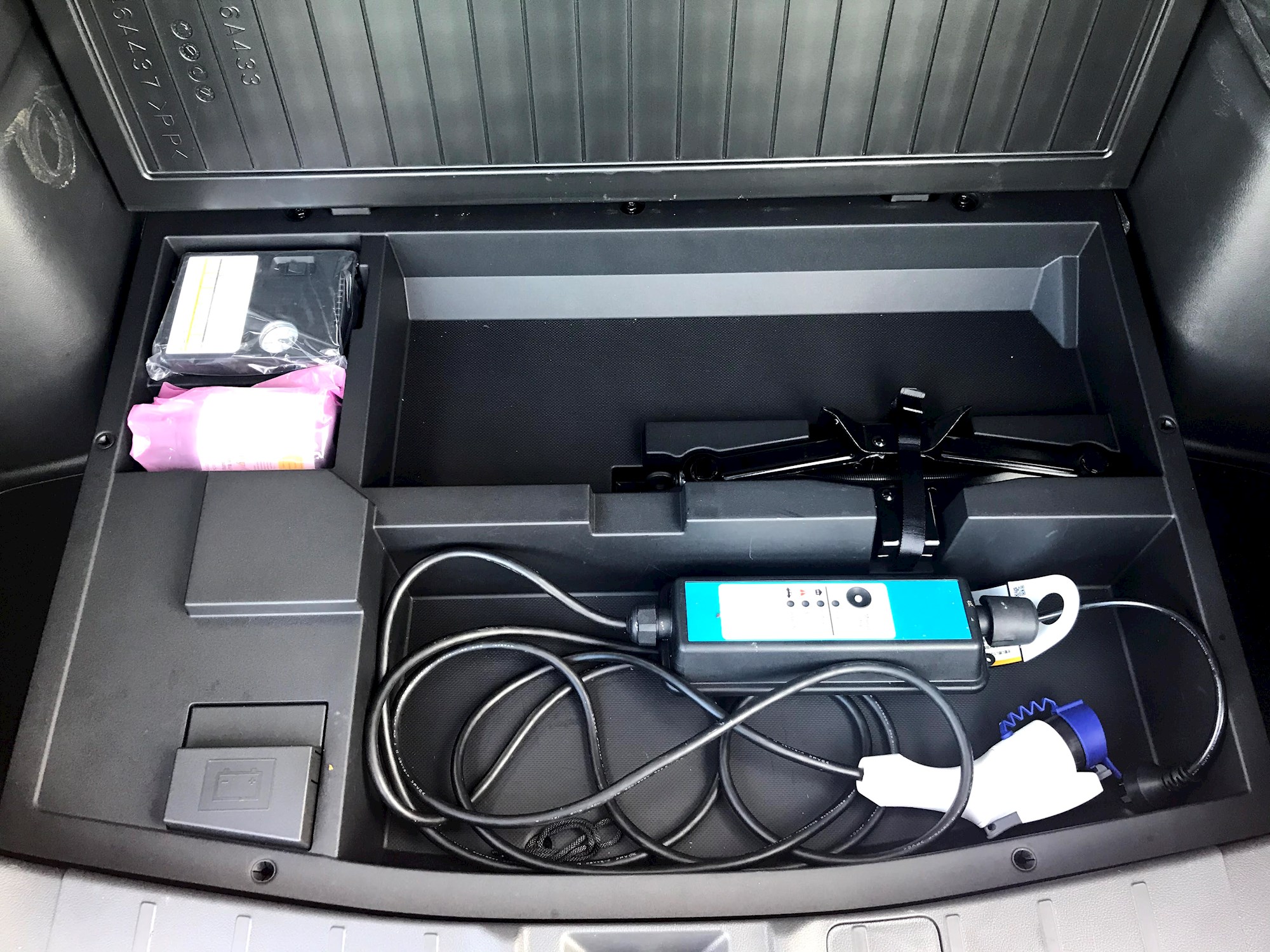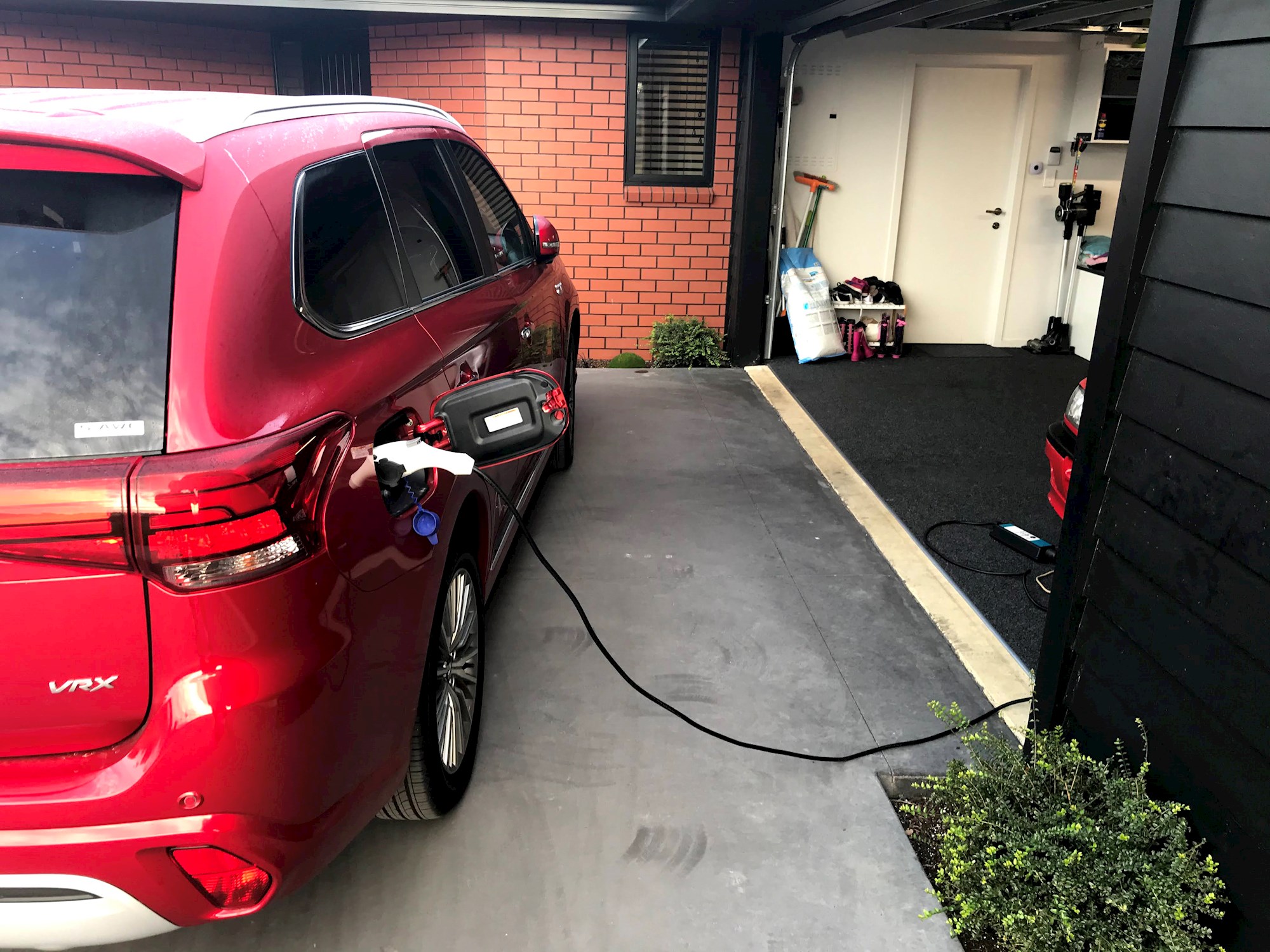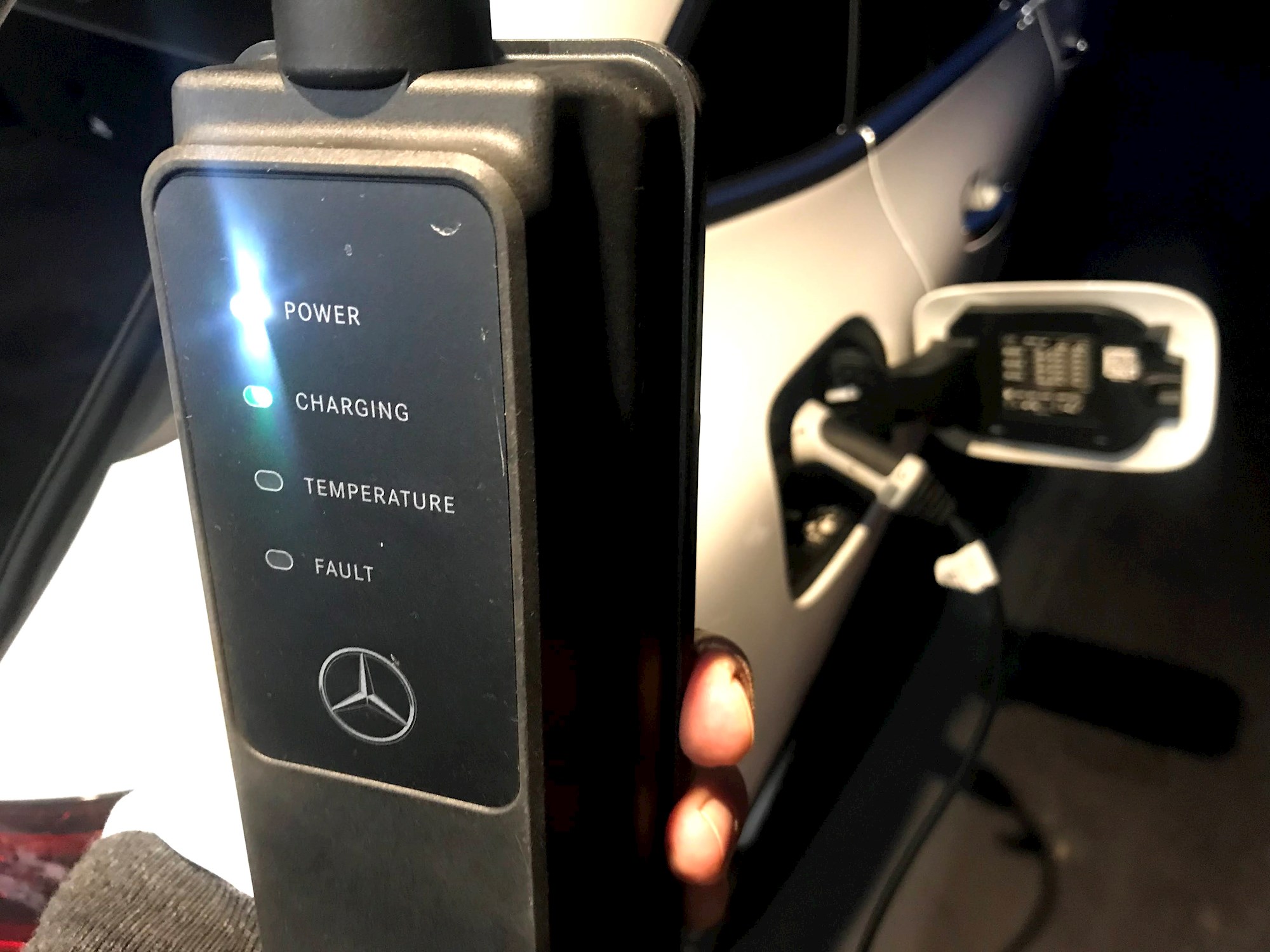Recently we covered the process of fitting a home EV charger. Though not suited to every EV/PHEV owner, we did look at the benefits, and with my own long distance drive between work and home, and the need to recharger faster on weekends, the appeal of a home EV charger won out due to the need to charger faster than the 1.2kW portable chargers offered, as typically found sitting messily in the boot of most new EVs.
And with the new Clean Car Programme kicking in, home EV charging is a topic more relevant than ever.

With the help of home EV charger company ChargeMaster, our home EVBOX Elvi charger offered six-times faster charging (7.2kW) and a more reliable, neater and future-proof set-up.
We covered its consultation and fitting last time, but the ultimate question is whether it’s worth the investment: after all, circa $5000 for the charger ($2500) and installation ($2500) is not loose change, especially when considering a cheaper new $40k EV, much less a used $10k Nissan Leaf.
The main problem faced with the portable $500 chargers is the charging time. Plugged into a home wall socket, charge times range from convenient (overnight for PHEVs) to untenable (for long-distance EVs like a Kia Niro or Tesla). But it also depends on the car and its battery: for example, a Mitsubishi Outlander takes longer to charge than a Porsche Taycan, simply down to the battery’s ability.
So first step was to measure our Mitsubishi Outlander PHEV’s charge time, for both trickle and wallbox charging, and with access to both, and a totally flat 14kW Outlander battery, it was driven back home on petrol and plugged in. On the trickle charger, the Mitsubishi Smartphone app offers great insight into the charge time, and plugged into the standard three-pin home portable 1.2kW charger, the ETA to a full charge was shown as 6.5 hours.

Plugging in the EVBOX Elvi 7.2kW charger, the ETA immediately dropped to 3.5 hours – not a huge improvement, but as fast as the Outlander’s battery will charge, at its slow rate of 3.7kW (14kW battery divided by 3.7kW charging rate equals 3.78 hours). Even its fast charging rate is limited to 22kW, with public fast chargers commonly 40-50kW.
While the Outlander’s overnight charge doesn’t really change, the fast charging on the weekend makes a big difference with a number of shorter journeys – sports, shops, friends etc - draining the battery, and being topped up much faster.
So the real worth of the home wallbox would be measured with a pure BEV battery electric vehicle. And with access to a Mercedes Benz EQC, the battery was drained as much as possible, down to 6 per cent, before repeating the comparison procedure with chargers.

After changing the charging cable from Type 1 to Type 2, a feature of the EVBOX Elvi, the Mercedes’ portable charger was pulled from the boot and plugged in: and the full charge ETA clocked in a massive 50 hours! And that showed a charge rate of 6.9kW, from the maximum 7.2kW, due to fluctuating home power usage and the EV smart-charger constantly changing its charging rate to suit.
With the wallbox plugged in, the number dropped substantially, immediately down to 11.5 hours, at a rate of 7kW. And while that might still sound like a like lot, it’s important to consider that it represents a typical overnight charge, and the Merc has a large 80kW battery offering up to 417km WLTP range, and almost six times larger capacity than the Mitsubishi.
The other change is the reduced need to always plug in when home, which is a habit with the trickle charger given its slow charging rate, and reduced stress about if it’s forgotten.
And that is indeed the satisfied payoff and justification for fitting a home fast charger: there aren’t many substantially bigger/longer range EVs than the Mercedes, and considering we’ve tested close to a worst-case scenario, eight hours from flat to full is way more appealing and practical than 50, for long-term EV/PHEV ownership.










